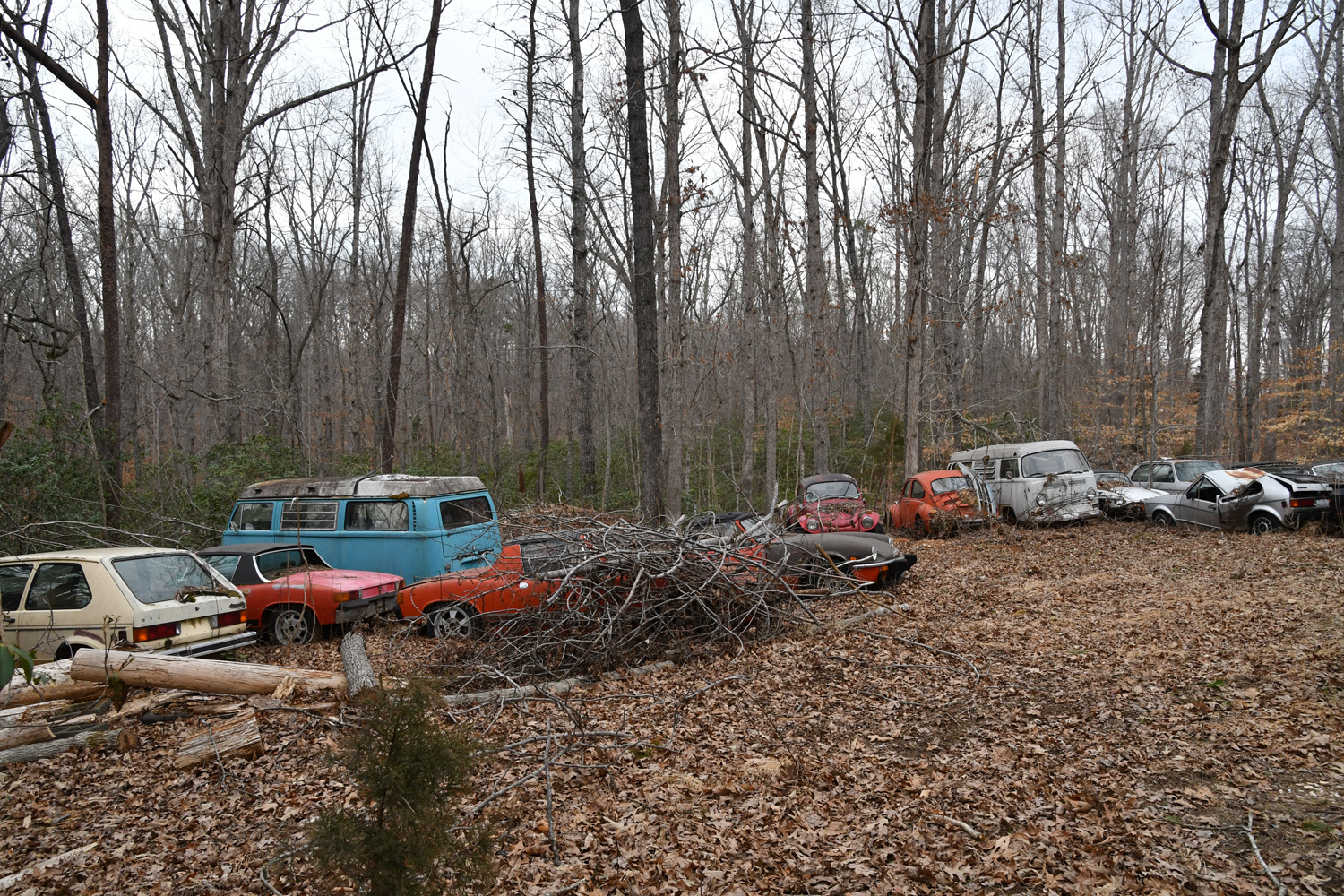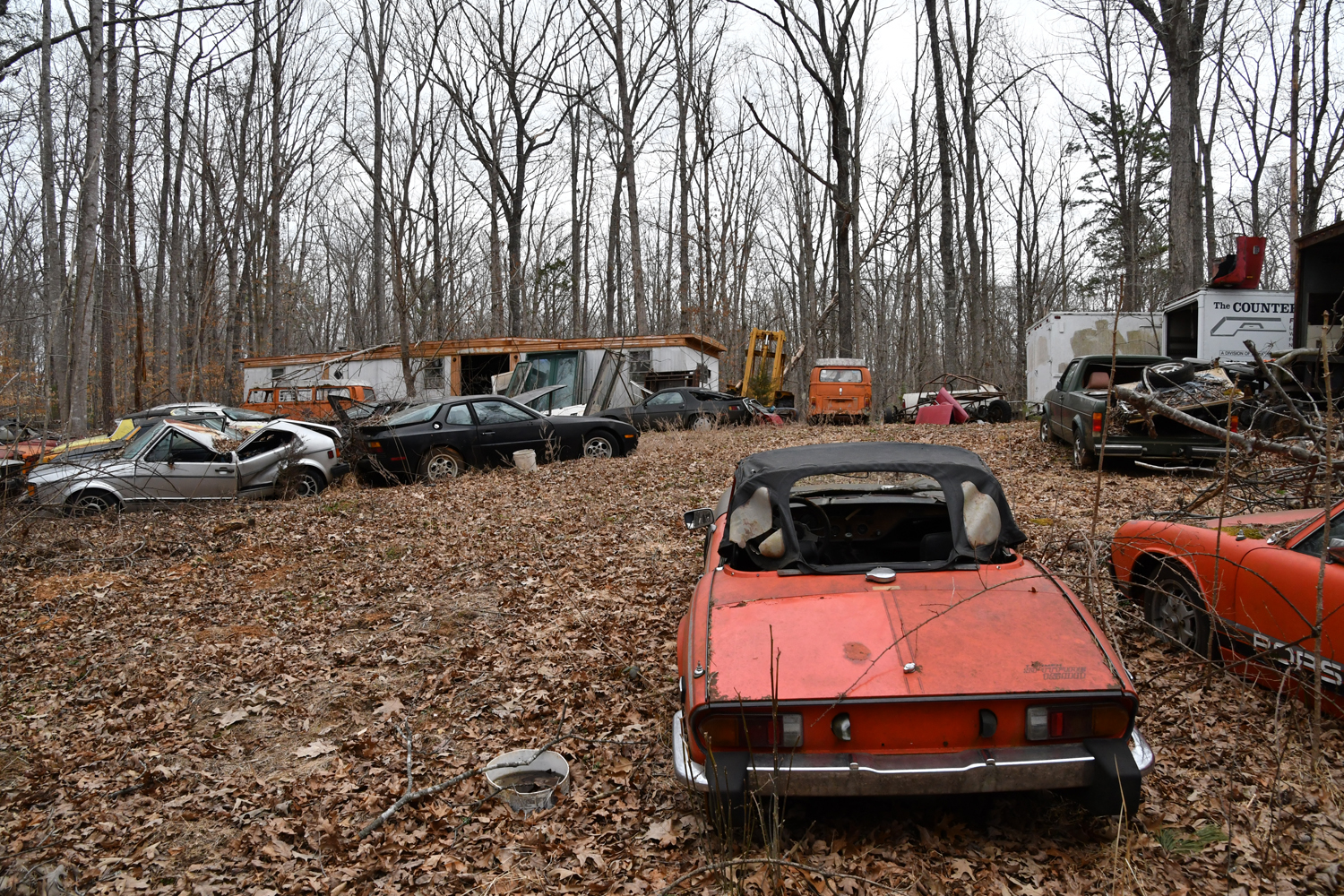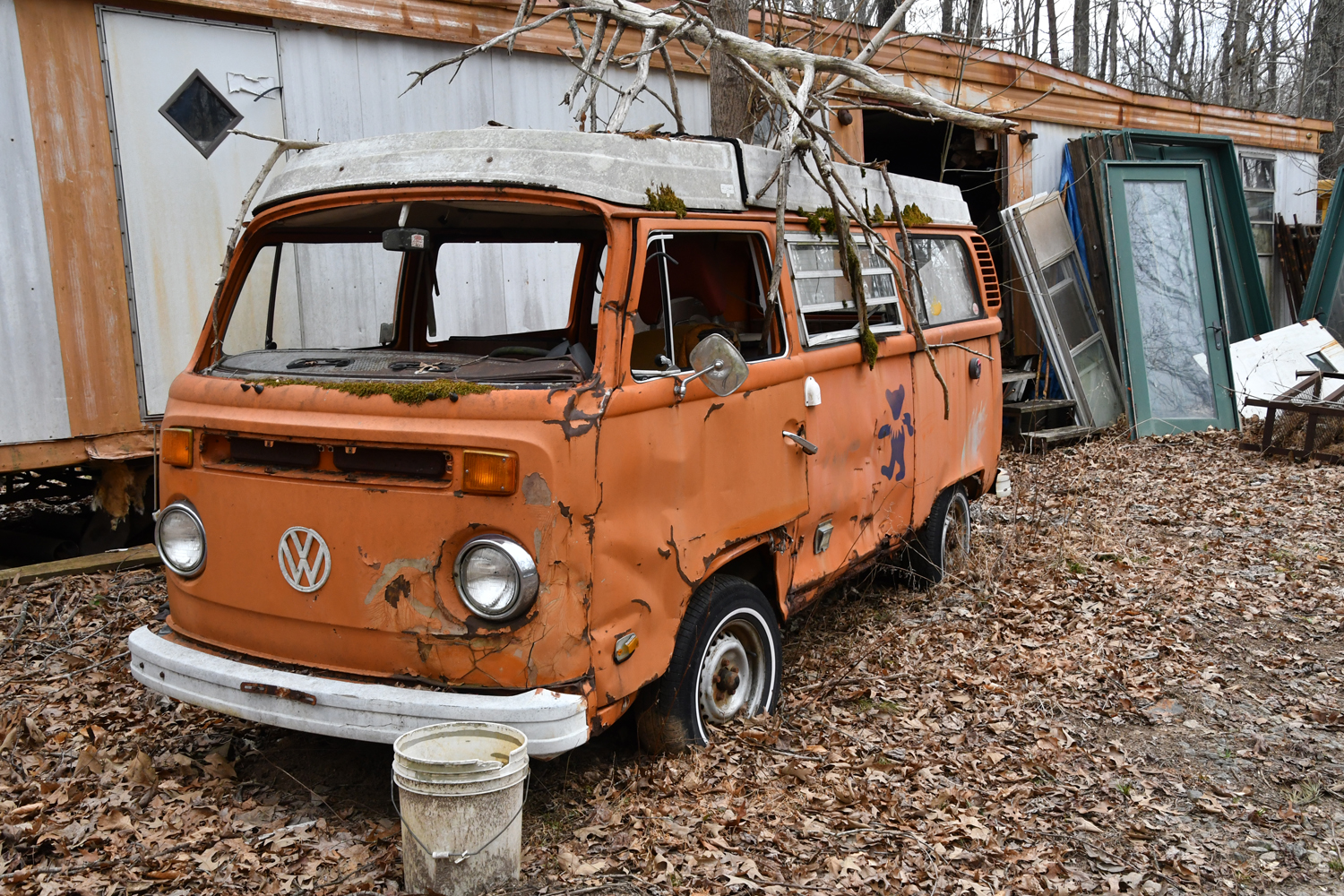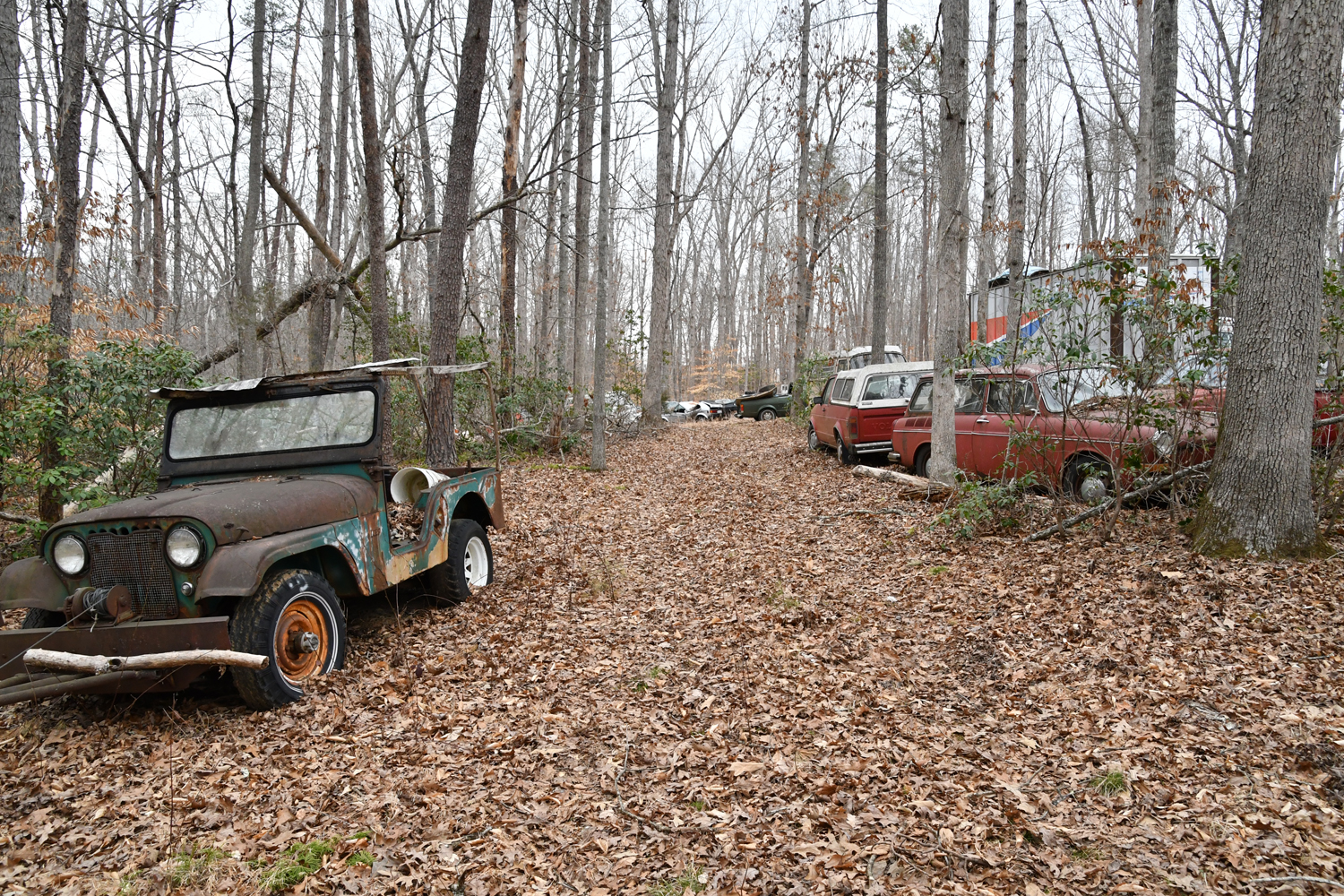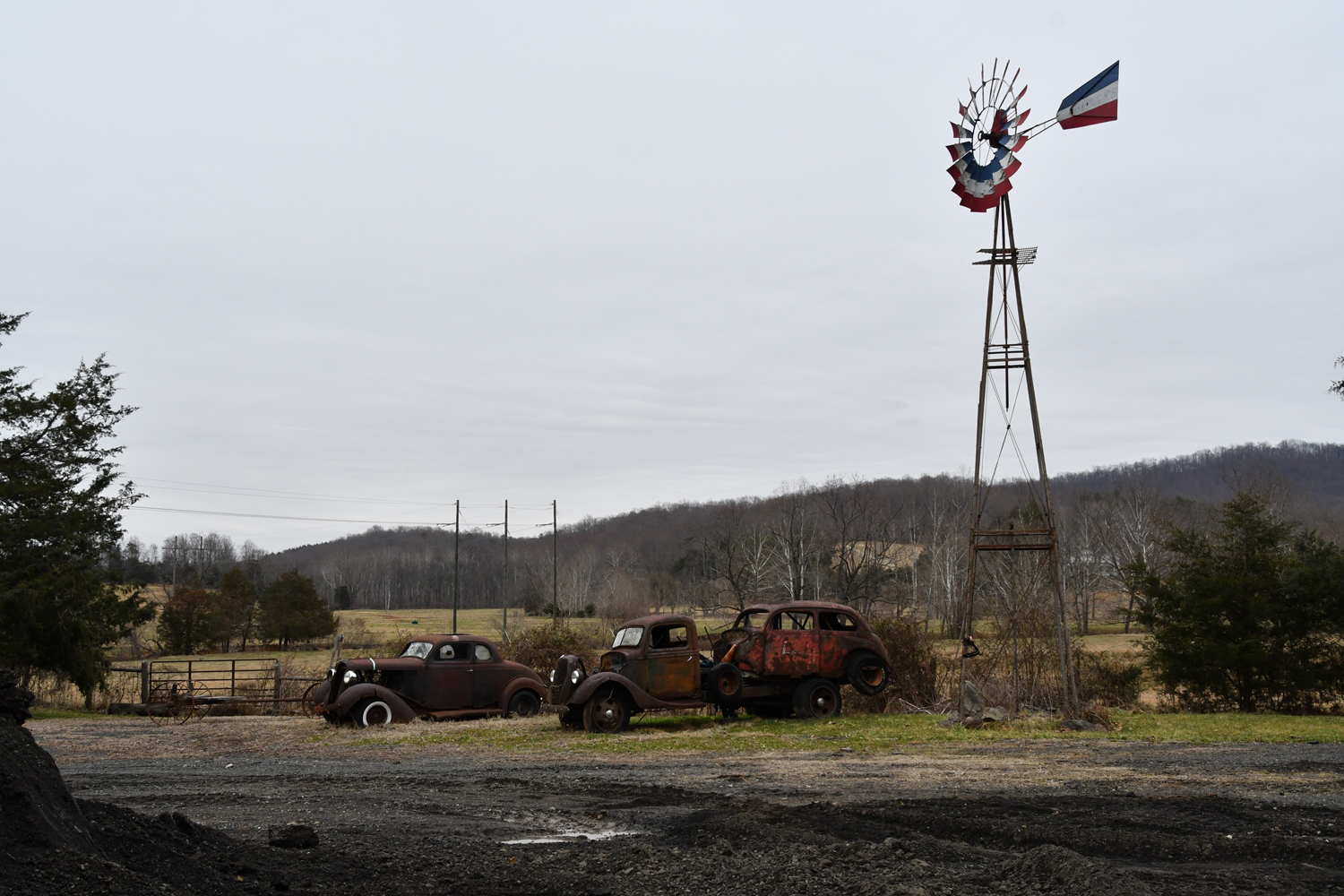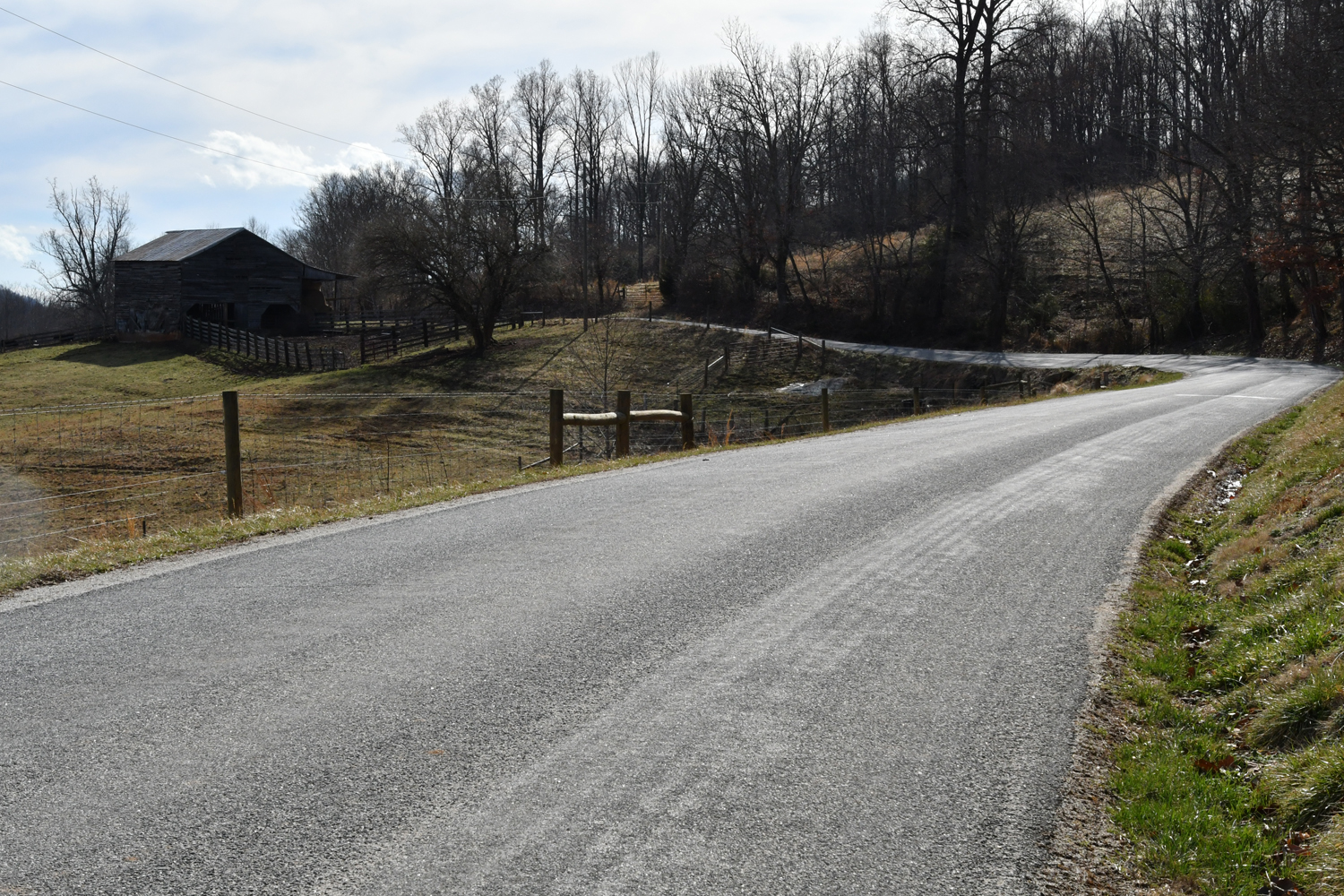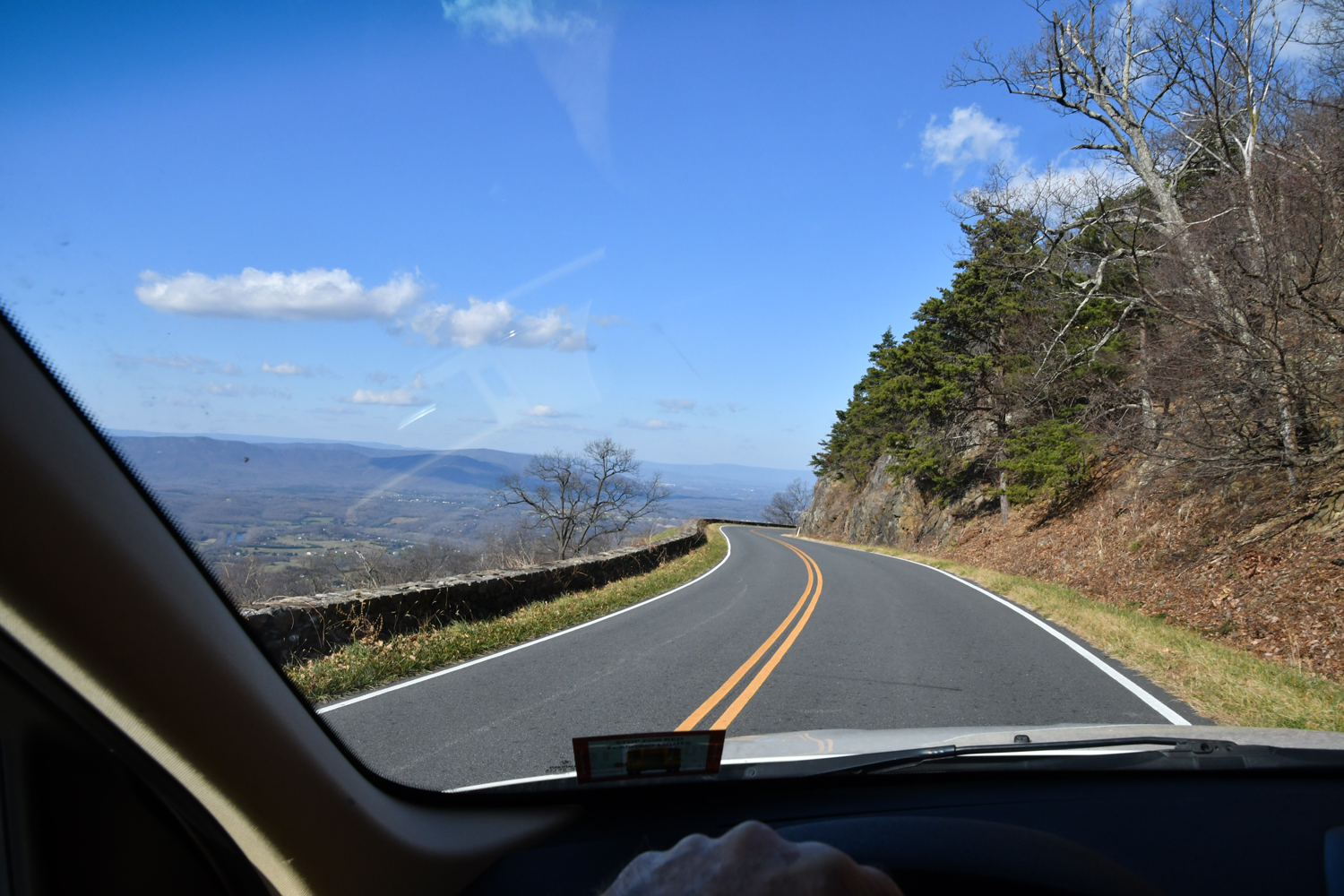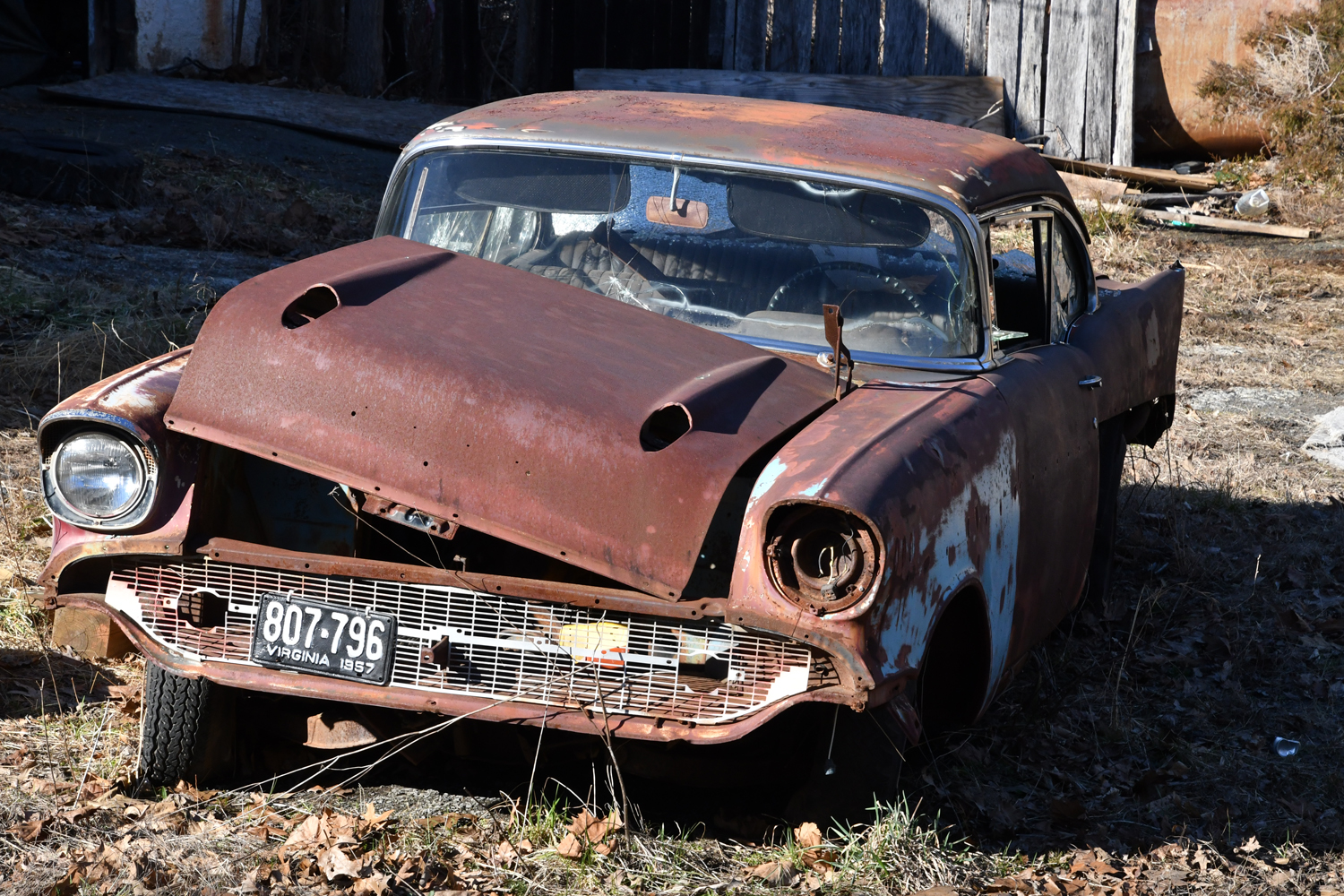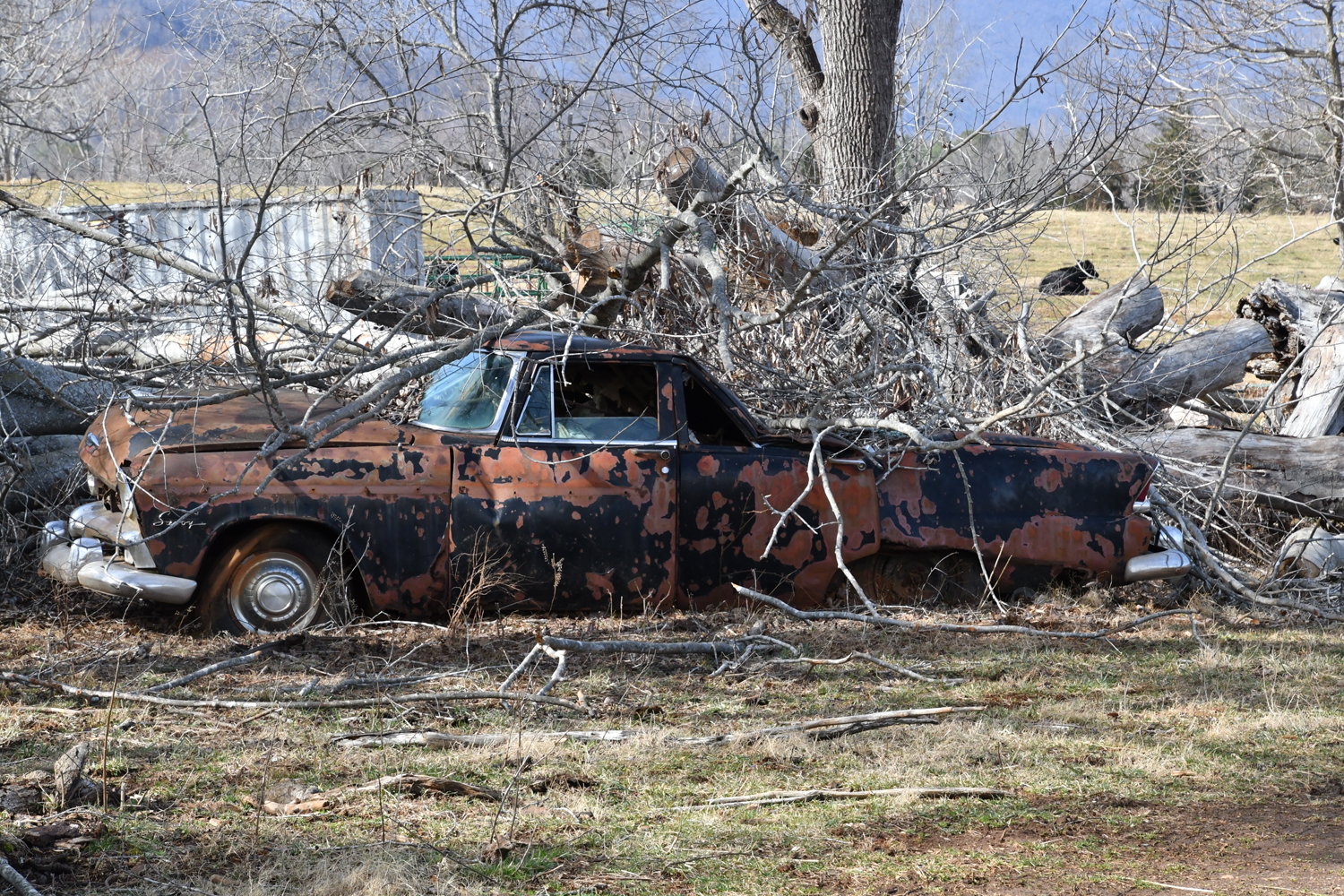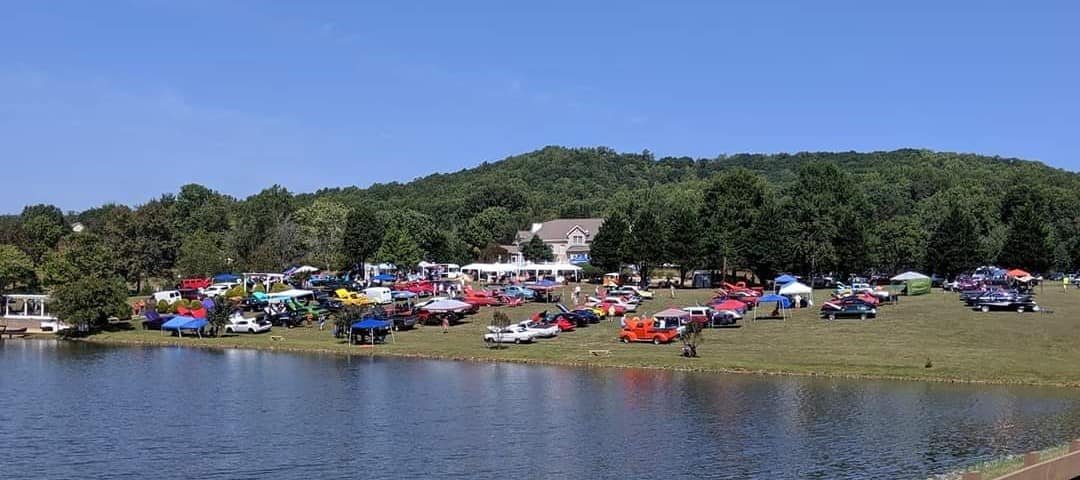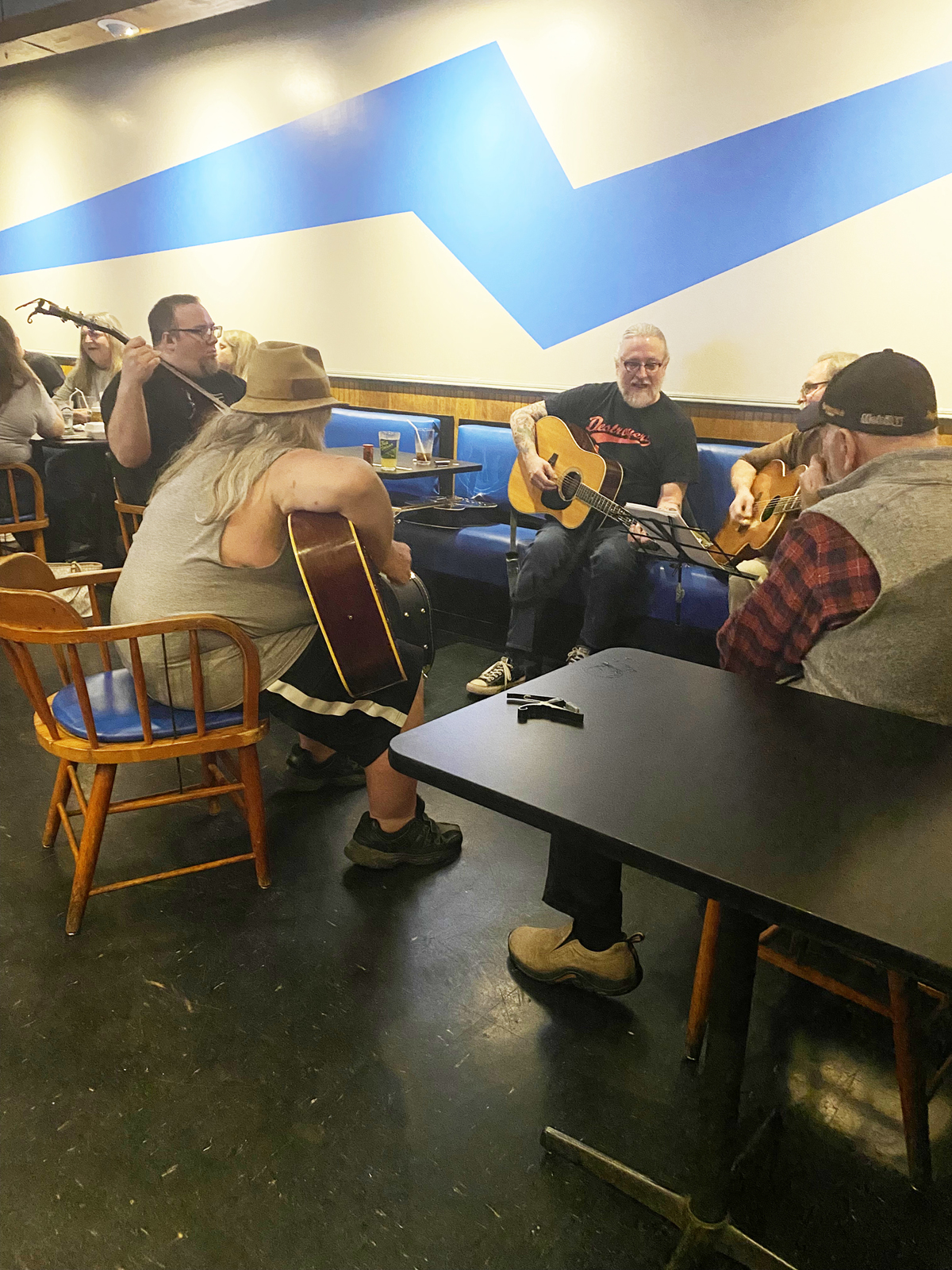Conversations With People We Value #33
While driving north along Virginia Route 29 I spotted a forest richly populated with orphaned trucks from the 1950s. I quickly pulled over to a clean white two-bay shop that resided on the high ground above the forest. A hand lettered sign identified the business as Melvin’s Used Cars. I drove up in the hope of finding Melvin and asking, “What’s your story?”
Well groomed and neatly attired in crisp work clothes, the man I came to know as Mel stood by an open bay. Friendly and engaging, Mel indeed had a story. He had a field of old cars that once numbered almost 500. Interestingly when I expressed my interest in writing his story, Mel repeatedly redirected the conversation to his friend R. J. Pinto who he clearly felt had better stories. As luck would have it, in mid-sentence Mel yelled, “It’s him. It’s Pinto,” as R. J. Pinto pulled in off the highway. In short order it would become evident that Mel’s story would be written another day as I was about to meet Pinto. And, now, so are you.
Drank with Arlo, Dated Alice, Tuned Evel’s motorcycle and much more. They call him Pinto.

Pinto and Mel
Pinto bundles the vigor of a colorful yarn spinner in an 85-year old, burly, gregarious, engaging and earthy package. Pinto still communicates the vitality of a young man who savors grabbing life by the horns. At the same time he reflects on life with a mellowed perspective and insights refined through eight decades of having ones heart and soul polished by the abrading rapids encountered while navigating the river of life.

A brief introduction by Mel tees up what will be a fast moving morning of storytelling. Belying Pinto’s approaching 86th birthday his memories possess a crispness that brings them to life. Being on the receiving end of Pinto’s rapid fire delivery feels like taking a drink from a fire hose.
Born in Middletown, New York, Pinto, a Korean War Veteran, began a lifelong love for all things motorcycle in the 1950s. It would be an affection that would lead down many paths and involve him in iconic events of the 20th century American culture.
In the 1960s his passion for motorcycles brought him to a little restaurant called “The Back Room” in Stockbridge, Massachusetts. Purchased by the owner in 1966, it could be found around the back “just a half-mile from the railroad track.” In American culture The Back Room is more fondly remembered as “Alice’s Restaurant.”
He and his motorcycle racing buddies knew the owner, Alice Brock, and Pinto says, “As a group we all comprised a family.” That family had celebrated Thanksgiving in 1965 at the de-consecrated Trinity Church in Great Barrington, Massachusetts that Alice had bought for her home in 1964.
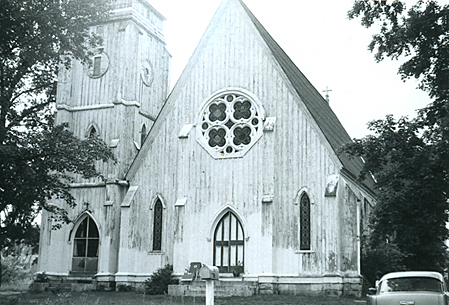
Trinity Church 1966
Pinto’s motorcycle family grew out of his very successful racing career on dirt tracks east of the Mississippi. If he ever chose to have a trophy room, Pinto would have had no trouble filling it with the trophies from over 100 wins.
Pinto with a great affection for the Triumph motorcycles with which he competed says, “Scrambling on dirt was in the DNA of Triumph. Back in the 60s Triumph-powered machines dominated.” His is, indeed, a deep affection. He has kept the Triumph he raced for over 50 years. He says, “My Triumph TT (Tourist Trophy model) has been very good to me.”
The paths of Pinto’s dirt track racing and Alice’s Restaurant intersected in the mid-1960s at the Trinity Church.
Pinto says, “I had done a lot of racing in the Schenectady area. One track in particular, a beautiful track with a little chicane and a jump I found especially friendly.” The tracks friendly environment and Pinto’s showmanship bred a family of supporters that became the Trinity Racing Association. Pinto says, “Alice’s, then husband, Ray Brock and I designed the logo for the Trinity Racing Association that consisted of a yellow circle, red triangle and infinity sign representing the Father, Son and Holy Spirit. Away from the track, the epicenter of team member activity centered on the communal environs of Alice Brock’s Trinity Church home.

Life Magazine Top – Ray Brock Middle – Pinto Bottom – Doug Campbell Standing Jimmy J.
Pinto says, “I made many friends, many of whom I still know till this day.” On one especially big racing day they all decided to come see Pinto race. Pinto says, “I happen to win that day. So I handed Alice the checkered flag and she hopped on the back of the bike for the victory lap.
Husband Ray taught a shop class and Alice was the school librarian at a local boarding school. Pinto says, “They were gifted creative people.” Being who they were, they attracted a number of students who shared their idealism and their creativity. Arlo Guthrie was one of them.”
Son of American folk legend Woody Guthrie, Arlo graduated from high school in Stockbridge in 1965. After a brief stint in college, Arlo returned to the Berkshires in November of 1965. He stayed with his friends, Ray and Alice, at the church during the Thanksgiving holidays. A holiday celebration that will forever be memorialized in song.
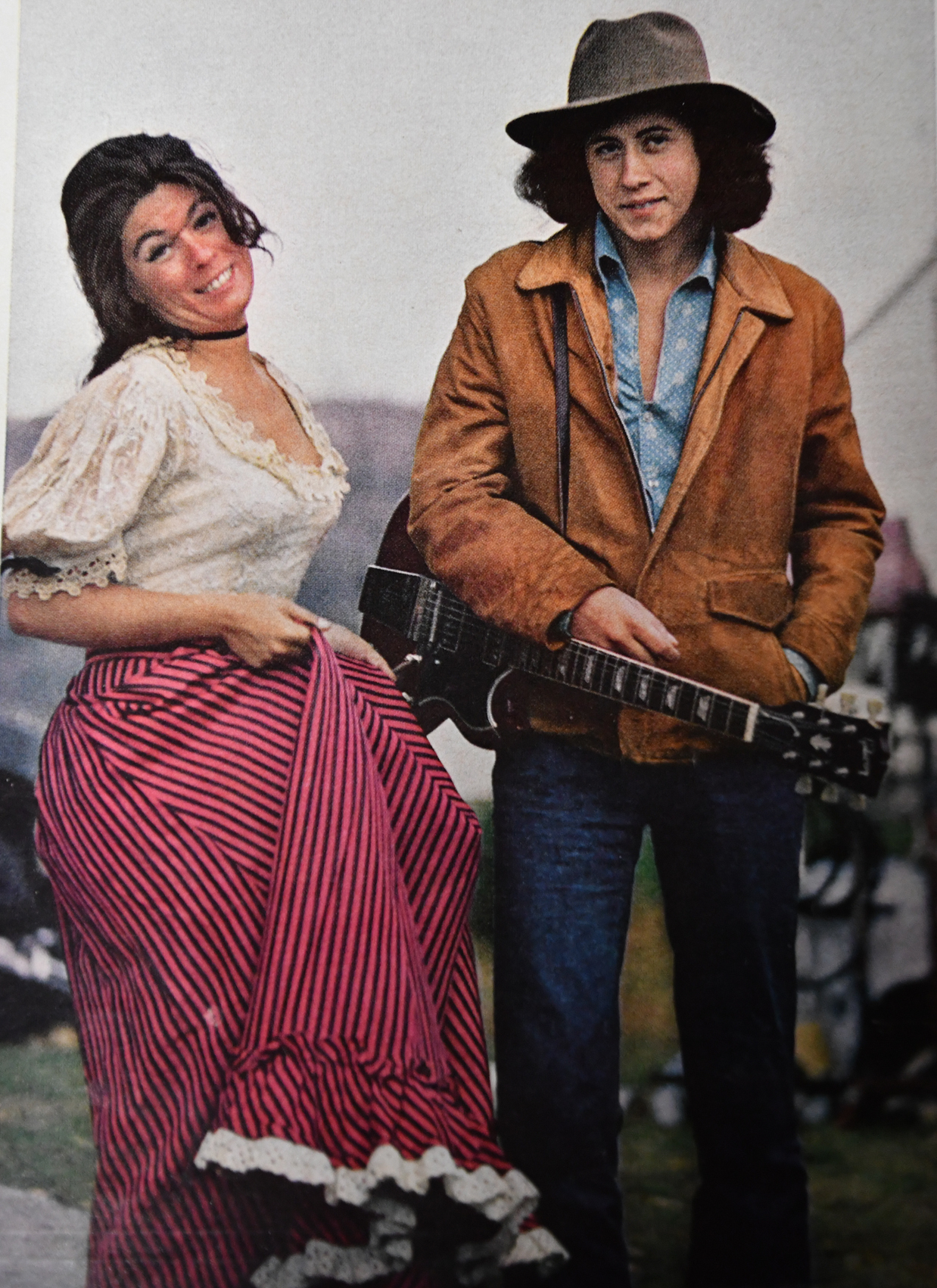
Alice Brock & Arlo Guthrie
Sometime during the span between the 1965 Thanksgiving dinner at the church and Arlo Guthrie’s July 16th, 1967 Newport folk Festival live performance of his opus, Alice had called Pinto to come to dinner to meet a young friend of hers named Arlo Guthrie. Pinto says, “I had no idea who Arlo Guthrie was.” At the time I saw a young kid making a living as a troubadour traveling around the country hitchhiking and playing all the café’s and bars in New York and wherever else he could make a few bucks.
Once Guthrie’s monster hit captured the public’s attention the family members peaceable life would be forever changed. Among others Alice would resent her unwanted fame and divorce her husband, Ray. Pinto would find work in the movies.
Pinto played himself in Alice’s Restaurant, the movie, having parts in scenes of the motorcycle race and getting a tattoo. In the process he developed a good relationship with director Arthur Penn. Out of that relationship came other film work involving motorcycles with the likes of Sean Connery and Clint Eastwood.
By early 1969, Pinto and Alice had become a couple. Eight months later the Alice’s Restaurant experience would peak with the release of the movie. Pinto would appear in 1969 issues of Life Magazine and Playboy that profiled the Alice’s Restaurant family. August 18th Woodstock had exploded on the global consciousness. August 19th “Alice’s Restaurant” the movie appeared in studios across America. A week later Pinto and Alice left their relationship behind and entered a friendship that continues today.

Pinto racing his Triumph at age 79
In the early 1970s Pinto had moved on to owning a motorcycle tuning operation. Called North Bergen Cycle Shop in Mahwah, NJ it specialized in building and rebuilding motors and optimizing motorcycles for the owner’s intended use. With some humility Pinto says, “If somebody came in with their BSA, Triumph, Harley, Ducati, whatever, if they came in and said I want this set-up to do such and such, make it magic, they came to the right guy.” Fifty years later and now living in rural Virginia, Pinto continues to tune the motorcycles brought to him from far and wide. Pinto smiling with the honest confidence of experience says, “I am still the right guy.”
This brings us to Pinto’s dealings with Evel Knievel. Pinto recalls a man entering North Bergen Cycle in the 1970. Pinto says, “This guy comes walking into my shop. He was a perfect gentleman. He was very honest. He was very honorable. I really liked him.” Evel Kneivel’s manager, through his connections in the motorcycle world had come to Pinto to have Kneivel’s bikes tuned for jumps he would be doing in New Jersey and Pennsylvania. Pinto says, “For me this recognition ranked high on my list of professional “WOW” moments.” Pinto said yes. Shortly thereafter a monstrous Peterbilt decked out in striking red, white and blue Evel Kneivel art thundered into his parking lot.
Up until then Kneivel had used Harley Davidsons and then Triumphs for his jumps. No more. Out of the Peterbilt rolled seven brand new Laverda 750cc American Eagle Model motorcycles. Pinto says, “They were a very well built high quality Italian motorcycle. I just did everything to assure that they were right on spec. My job demanded that I go over every nut and bolt. The Laverdas were a beautifully designed and built motorcycle. My job was to make sure each delivered peak performance.”
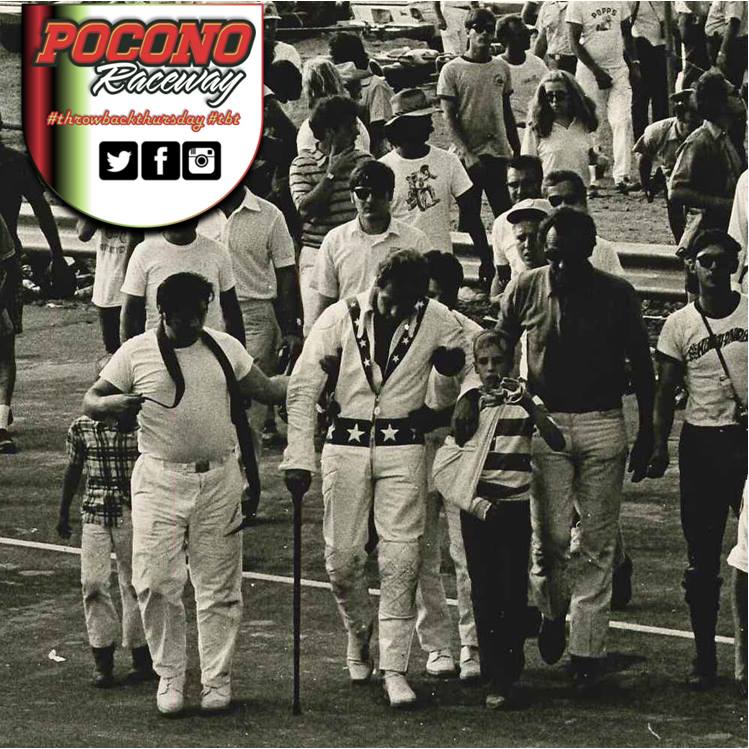
Evel Kneivel after crashing at Pocono Raceway
After being so impressed by Kneivel’s manager, Pinto admits to finding Kneivel to be a rather arrogant and unpleasant individual. Pinto says, “Maybe I just caught him when he was having a few bad days.”
Pinto, in recalling Kneivel’s jump attempt at Pocono Raceway ended in a terrible crash resulting in serious injury says, “ He missed the jump and wiped out. I could not help but think of his reputation as a heavy drinker.” It was documented that before every jump Kneivel would take a shot of Wild Turkey for good luck. Sometimes it would be two or three shots if he felt the need for extra luck. “Maybe this time the extra shots brought bad luck,”says Pinto.
In reflecting Pinto says, “What is the saying, If you love what you do it is never work. My life and my profession, in large part revolved around my passion for motorcycles. All those involved with my passion I loved and continue to do so.”
Pinto concludes motioning towards Mel saying, “Mel here shares my passion. I love him like a brother. I am blessed.”
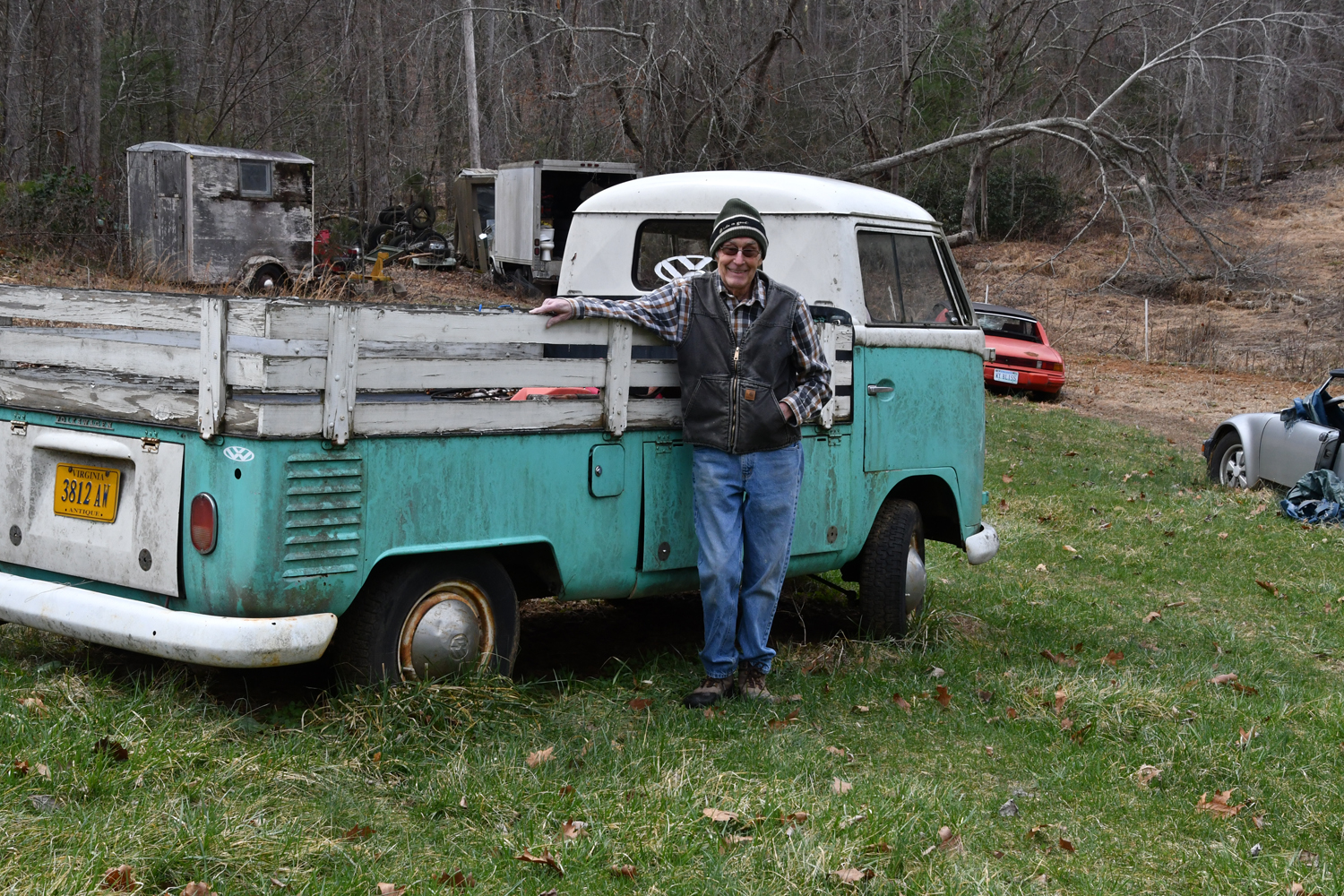
 My determination took me down to the base of the steep slope in search of answers and access to the, apparently, once loved but now forlorn trio. I snaked my way along a narrow descending dirt road that brought the field closer. Arriving at a rustic country home, I sought someone capable of answering the question ”what’s the story behind the orphans in the field?”
My determination took me down to the base of the steep slope in search of answers and access to the, apparently, once loved but now forlorn trio. I snaked my way along a narrow descending dirt road that brought the field closer. Arriving at a rustic country home, I sought someone capable of answering the question ”what’s the story behind the orphans in the field?”